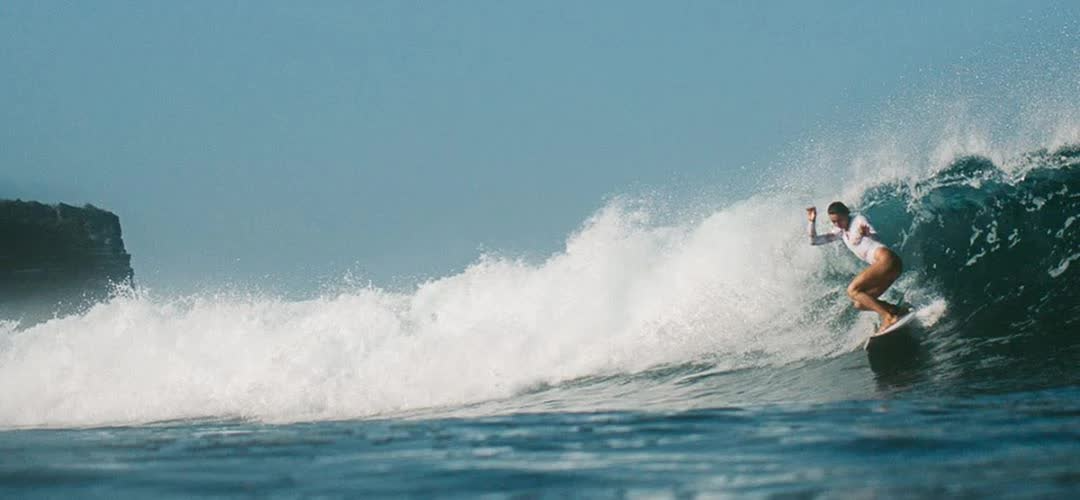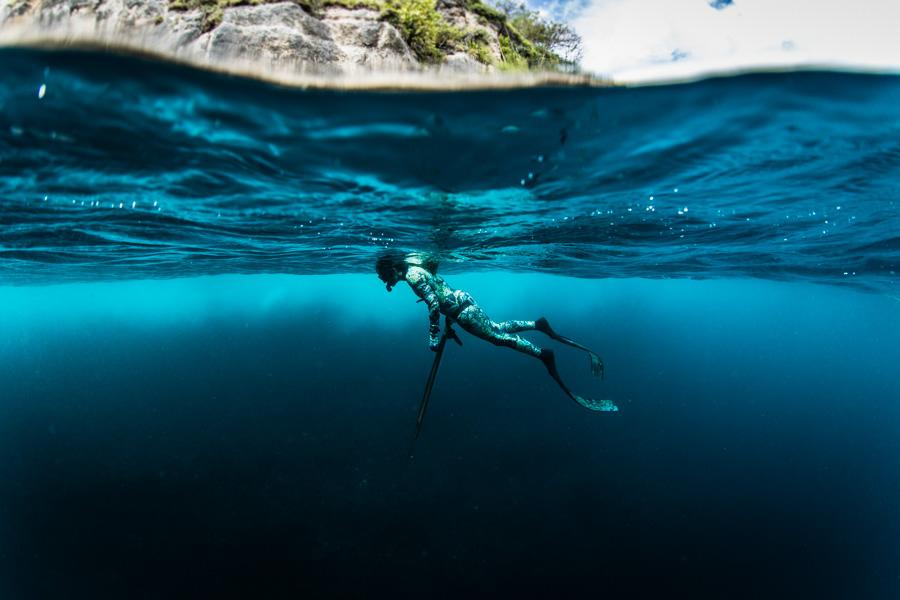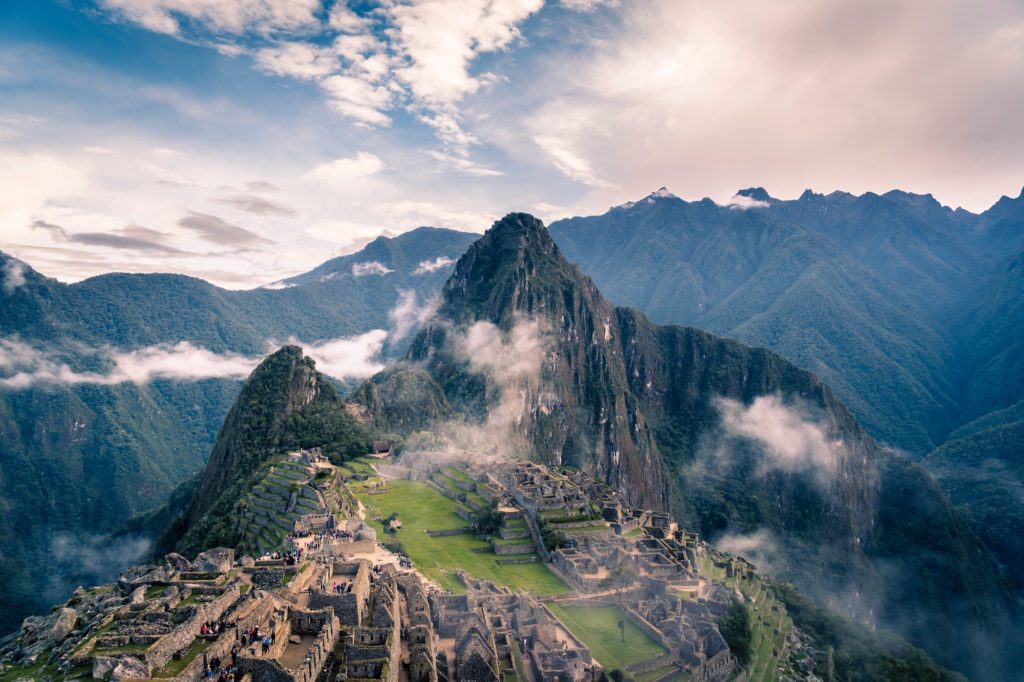
UNESCO WORLD HERITAGE | THE WORLD’S CULTURAL & NATURAL WONDERS
UNESCO is the last line of defence for the world’s most remarkable locations.
The United Nations Educational, Scientific and Cultural Organization – better known by its acronym, UNESCO – recently announced their latest collection of world heritage-listed sites. Spread throughout the world, the almost 1,200 locations hold significant cultural or natural significance, or as the official definition states:
“UNESCO seeks to encourage the identification, protection and preservation of cultural and natural heritage around the world considered to be of outstanding value to humanity.”
Since 1972, this international quorum has united countries and cultures across the world in recognition of these incredible destinations, seeking to preserve them as living testament to the wonders of mankind and nature alike.
While almost 80 percent are of man-made cultural noteworthiness, such as England’s Stonehenge, the temples of Angkor in Cambodia and the Statue of Liberty, there are also many natural wonders, both literally and figuratively, that are protected by this internationally-recognized treaty.
Some may be visited in the convenience of your own time and vehicle, no less spectacular but infinitely more accessible than the majority. For others, we are here to assist you in witnessing these natural and cultural marvels firsthand, preserved, as they are, by UNESCO’s enduring protection.
Here are five iconic UNESCO World Heritage-listed destinations attainable and accessible with Rothschild Safaris:
1. Tsodilo Hills, Botswana
Heralded as ‘the Louvre of the Desert’, Tsodilo Hills, in Botswana’s north-western reaches, is the world’s highest concentration of rock art.
These fragile art forms, as well as artefacts discovered in the area, are a documentation of life and culture spanning at least 20,000 years, exquisitely preserved by the arid climate of the Kalahari Desert. Declared a national monument in 1927, a unified alliance has long protected the site, not only for its historical significance but also its importance in the culture of the Hambukushu, San and other communities.
The Tsodilo Hills contain some 4,500 immaculately-preserved artworks and have been revered with intense archaeological interest, having revealed artefacts which, at over 70,000 years old, comprise some of the world’s oldest evidence of human ritual. Remarkably, these illustrations in the heart of the African continent depict, among many other subjects, whales and dolphins and it is still uncertain how this came to be.
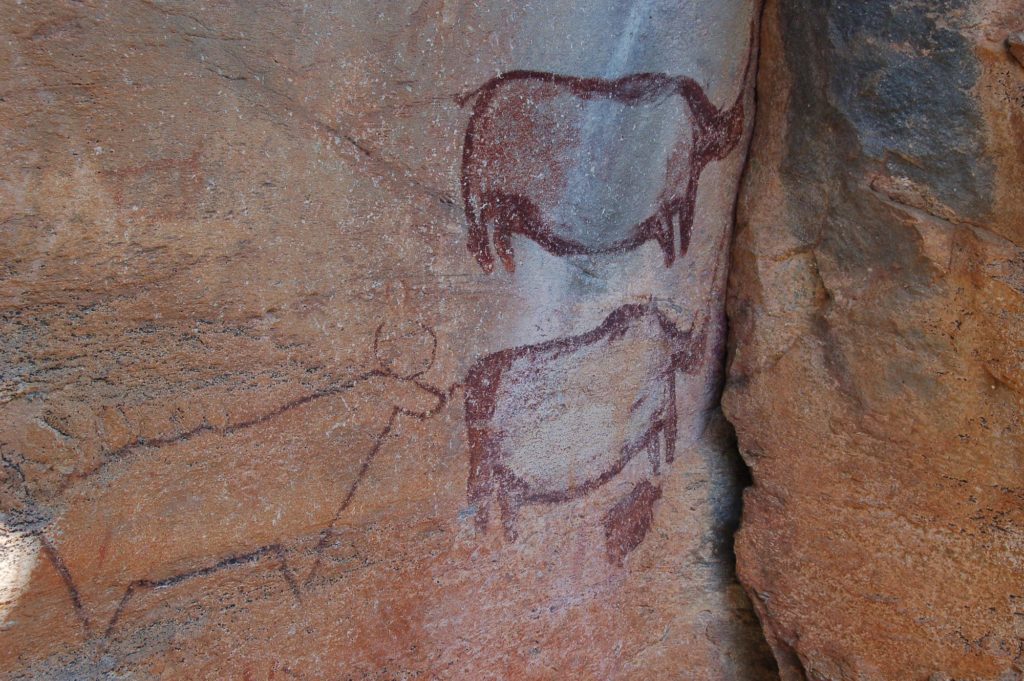
Profoundly sacred to the San Bushmen, the hills are said to be the resting place of ancestors, who will bestow misfortune upon anyone killing anything within their watchful gaze.
The Tsodilo Hills are situated near Botswana’s north-western border with Namibia, far from the country’s more renowned attractions such as the Okavango Delta, Chobe National Park or the Makgadikgadi Salt Pans. However, helicopter safaris frequently incorporate this fascinating UNESCO World Heritage site within their itineraries.
2. Rapa Nui National Park, Chile
Despite being some 2,180 miles (3,500km) from the western coastlines of South America, Rapa Nui, often better recognized as Easter Island, is in fact a Chilean outpost.
The mirky history of Rapa Nui is still fiercely debated, though more information is being unearthed every year – quite literally in fact. Up until recent years, the iconic ‘heads’ of Easter Island were thought to be just that: monolithic stone heads of unknown purpose. Recent excavations have revealed that many of the ‘heads’, or moai as they are locally known, actually possess bodies as well.
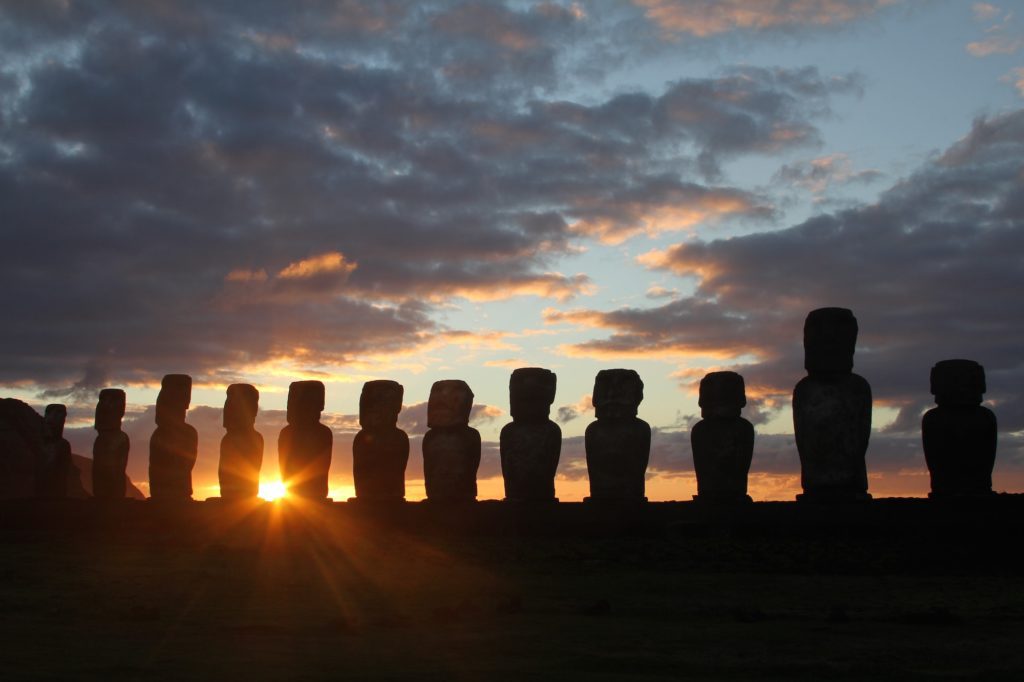
Photo by Thomas Griggs
Now we understand a little more, the spectacular carvings known to be hand-carved representations of ancestors, with approximately 900 erected across the island, all gazing stoically out towards some of the world’s cleanest and deepest ocean waters.
Settled by ocean-going Polynesian travelers around the turn of the first millennium, the carvings themselves were created between the 11th and 17th centuries. Spiritual devotion, cultism and the impact of Western settlement all had a drastic effect on the indigenous peoples, who were almost entirely eradicated by the mid-19th century. Thankfully, they were spared extinction and many now work alongside operators to share their fascinating culture with visitors.
3. The Ancient City of Sigiriya, Sri Lanka
Precariously perched atop the almost 600-foot (180-meter) tall Lion Rock, emerging like a vast, megalithic obelisk from the jungle floor, nestles the 1,500-year-old city of Sigiriya. Comprising hand-carved staircases, ponds, avenues and a regal palace, this astounding structure summits a far older cultural relevance.
Settlers, likely Buddhist ascetics, were first thought to have inhabited the region many hundreds of years prior, but it was King Kashyapa (477 – 495 AD) who commissioned the city itself.
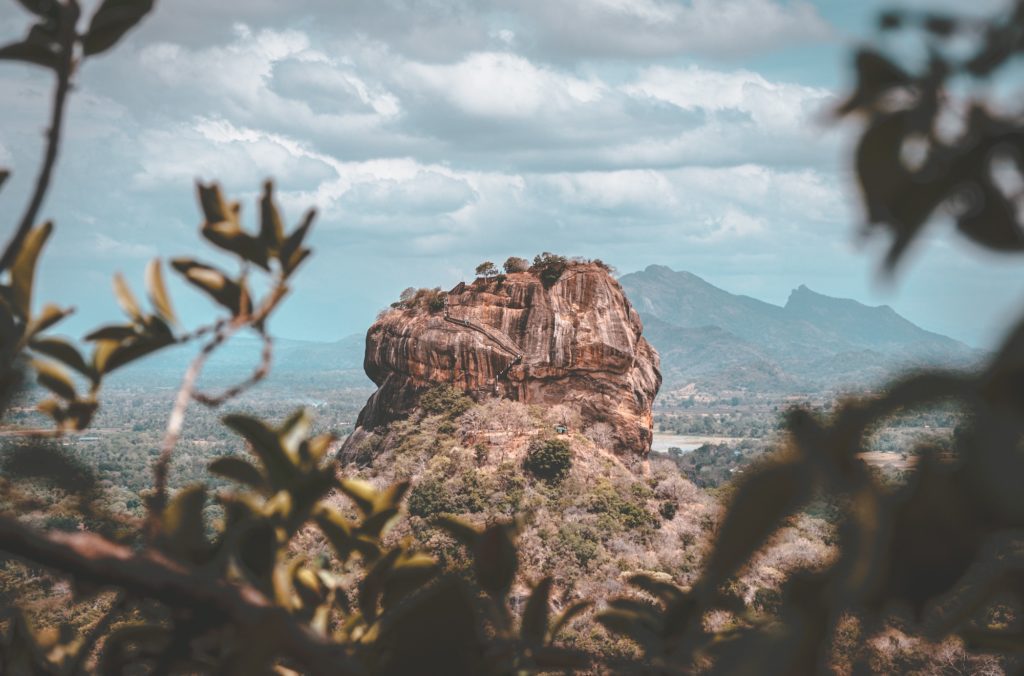
Entering between the enormous paws of a lion, one must scale some 1,200 steps to reach the summit, but the view alone is worthy of the task. The name of Lion Rock is bestowed not for the paws alone. Many years ago, a mighty lion stood sentry over the entrance, but the majority of the immense sculpture was lost to the merciless hands of time.
The fortress complex contains numerous architectural feats, stunning frescos and inscriptions well over one thousand years old. The frescoes depict many of the rituals and ceremonies performed within the clifftop fortress, immortalizing the culture, history and even daily activities of the residence some one and a half millennia ago. After the death of the king, Buddhist monks again took up residence and maintained a revered monastery in the lofty structures for several centuries.
Sri Lanka is an incredible destination in its own right, hosting not just this, but numerous UNESCO World Heritage Sites, as well as stunning coastlines, rich jungles and the fascinating Galle Fort. Elephant, monkeys, water buffalo, a profusion of birdlife and, if particularly lucky, even an elusive Sri Lankan leopard can be spotted within the country’s national parks.
4. Machu Picchu, Peru
The breathtaking Incan settlement of Machu Picchu, and Cusco, one of it’s closest neighboring towns, are both listed as UNESCO World Heritage destinations for their gravitational importance to the history of not only the Inca, but Peruvian and South American culture and history at large. Enveloped in the mists of the Cordillera de Vilcabamba of the Andes Mountains, Machu Picchu (translated as ‘Old Peak’) is perched above the Urubamba River valley at an elevation of 7,710 feet (2,350 meters) above sea level.
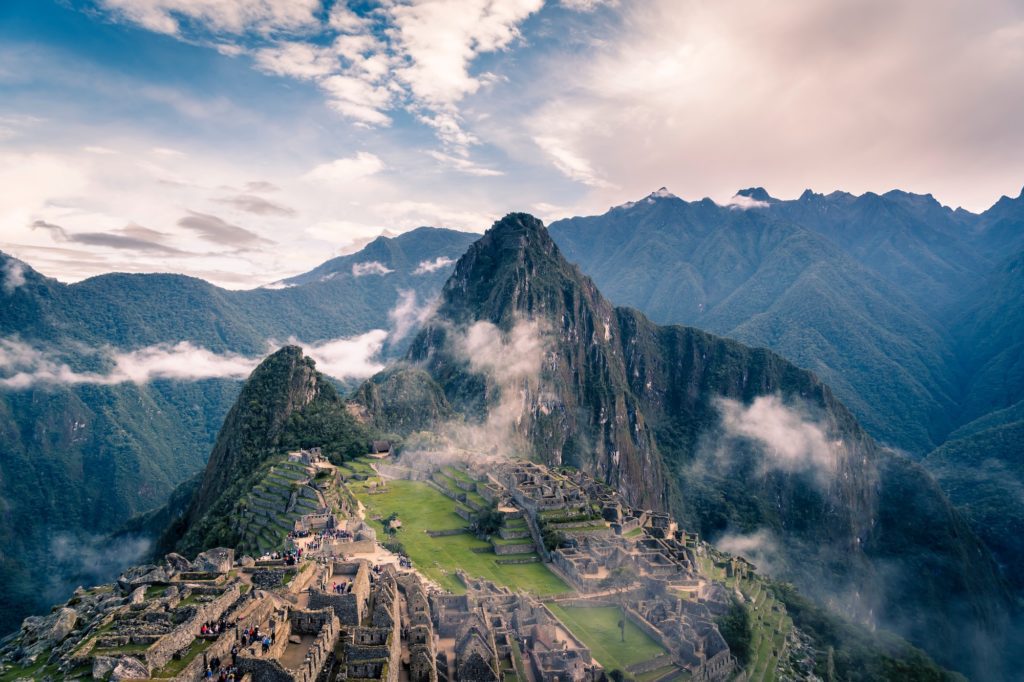
Despite its grandeur and renown, this mountain citadel, established in the mid-1400s, was only inhabited for a little more than a century, abandoned at the impending advance of Spanish conquistadors, though the actual reason for the inhabitants’ departure is tentatively attributed to a lack of water.
Still remarkably intact, the architecture is bafflingly precise, huge stone blocks so expertly hewn it is impossible to slide a credit card between them. While a train will whisk carefully monitored parties to the summit, the only true way to experience Machu Picchu is on foot. The imposing Inca Trail traverses some 25 miles (43 kilometers) of stone road hand-paved many centuries ago by the Inca. Though this four-day hike is challenging, it is still achievable by someone of average fitness and you certainly don’t have to be a world-class athlete.
Preparation is required, however, both prior to the trip and to acclimatize. Cusco’s cobbled streets – brimming with ancient culture, vibrant handicrafts and wonderfully hospitable locals, many descendants of the Inca – are the most delightful location to endure your training and familiarization with the increased altitude. For the less enthusiastic, a single-day hike is also available, spanning a more accomplishable six miles (10 kilometers).
There are so many UNESCO World Heritage sites across Africa, both cultural and natural, from the Serengeti and Kenya’s Lake Turkana to the rock-hewn churches of Lalibela, Ethiopia and quite literally to Timbuktu.
5. Bwindi Impenetrable Forest, Uganda
However, perhaps from personal experience, the inhabitants of Bwindi’s Impenetrable National Park assist in concluding my final Top Five of UNESCO’s protected destinations of the world.
It is a tragic fact that no mountain gorilla has ever survived captivity, making Bwindi, along with neighboring Virunga and Volcanoes National Parks, their last natural stronghold. Poached almost to extinction and facing threats from disease and deforestation, the troupes are now well protected, not only by UNESCO but also by numerous world animal foundations and organizations.
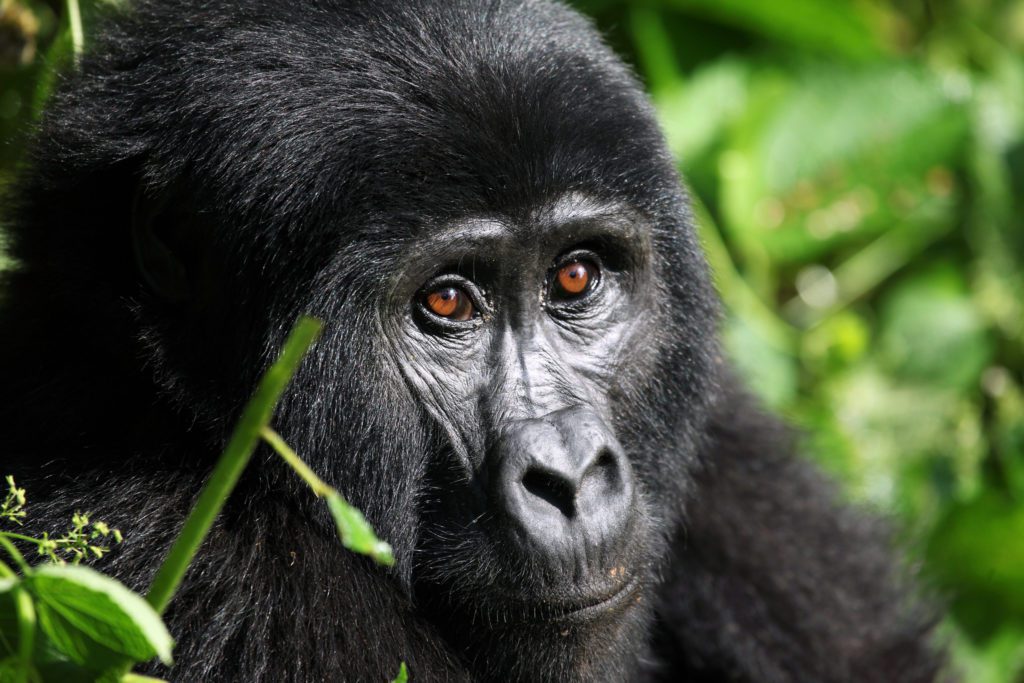
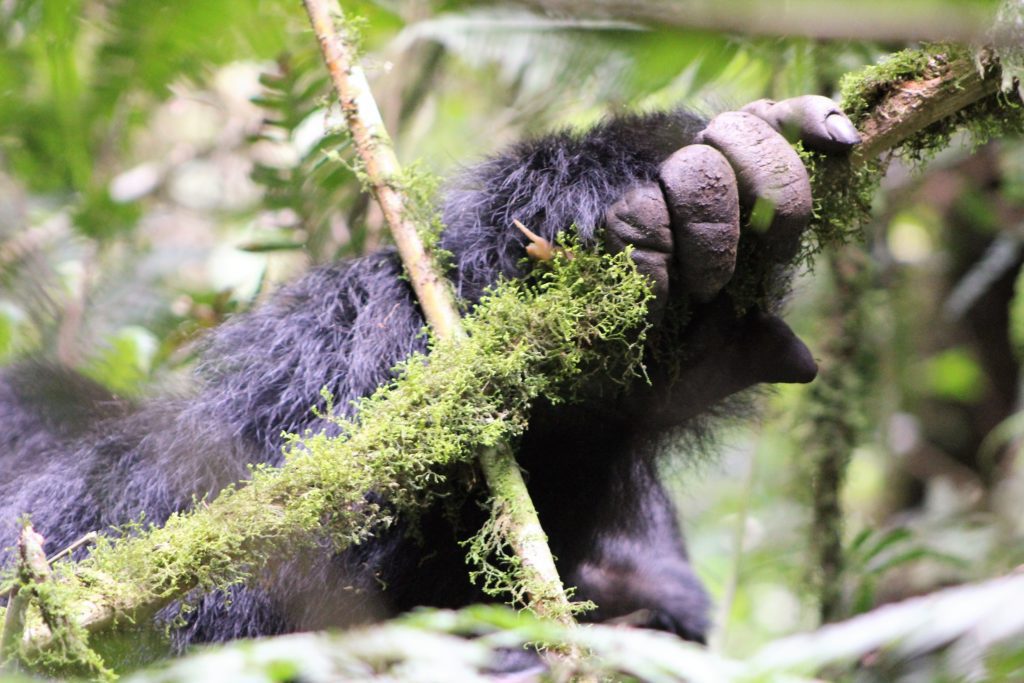
Witnessing mountain gorilla firsthand, watching them as they go about their daily lives, interacting, communicating and illuminating just how closely related we are, is beyond incredible; it is deeply emotional, utterly unforgettable and timelessly precious.
Thankfully, tourism is having a significantly beneficial impact on mountain gorilla numbers. Strictly controlled and expertly managed, gorilla trekking is bringing much needed finance to the committed team of rangers, veterinarians and staff who dedicate their entire lives observing and protecting our closest living cousins. Nothing can prepare you for the absolute gravity of such an experience, and nothing can fade it from memory.
These are only a handful of the numerous UNESCO World Heritage sites we proudly transport our clients to around the world. Many more lay out there for you to explore and discover for yourself, and your Travel Designer is your ticket to the most remarkable destinations on the planet.
Explore the entire list of UNESCO World Heritage Sites HERE.
Article first published on Rothschild Safaris, August 17, 2021
You May Also Like
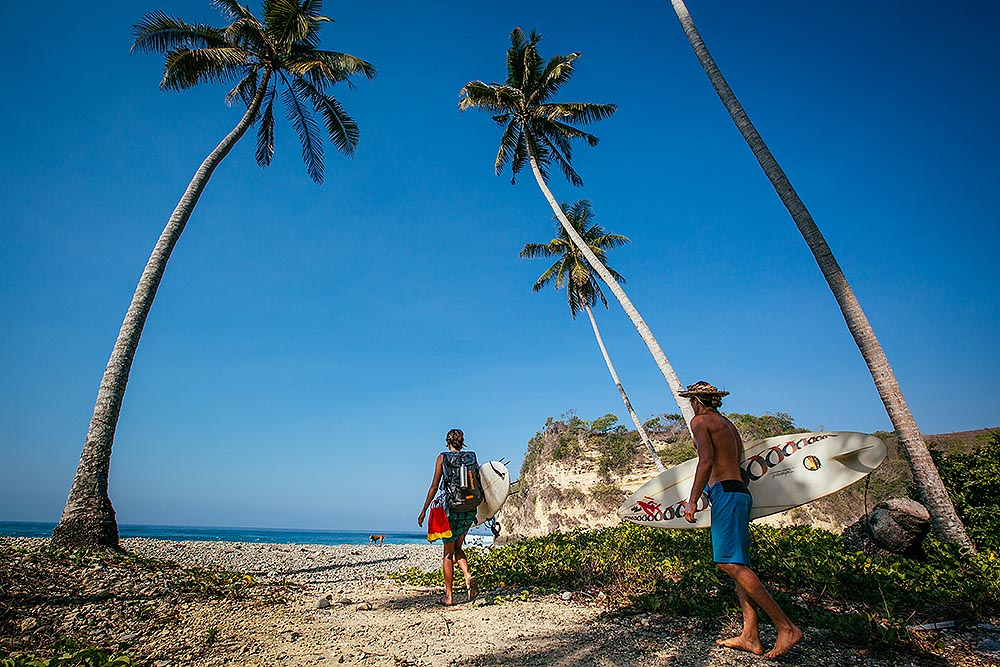
NGALUNG KALLA | FROM THE EARTH
August 10, 2021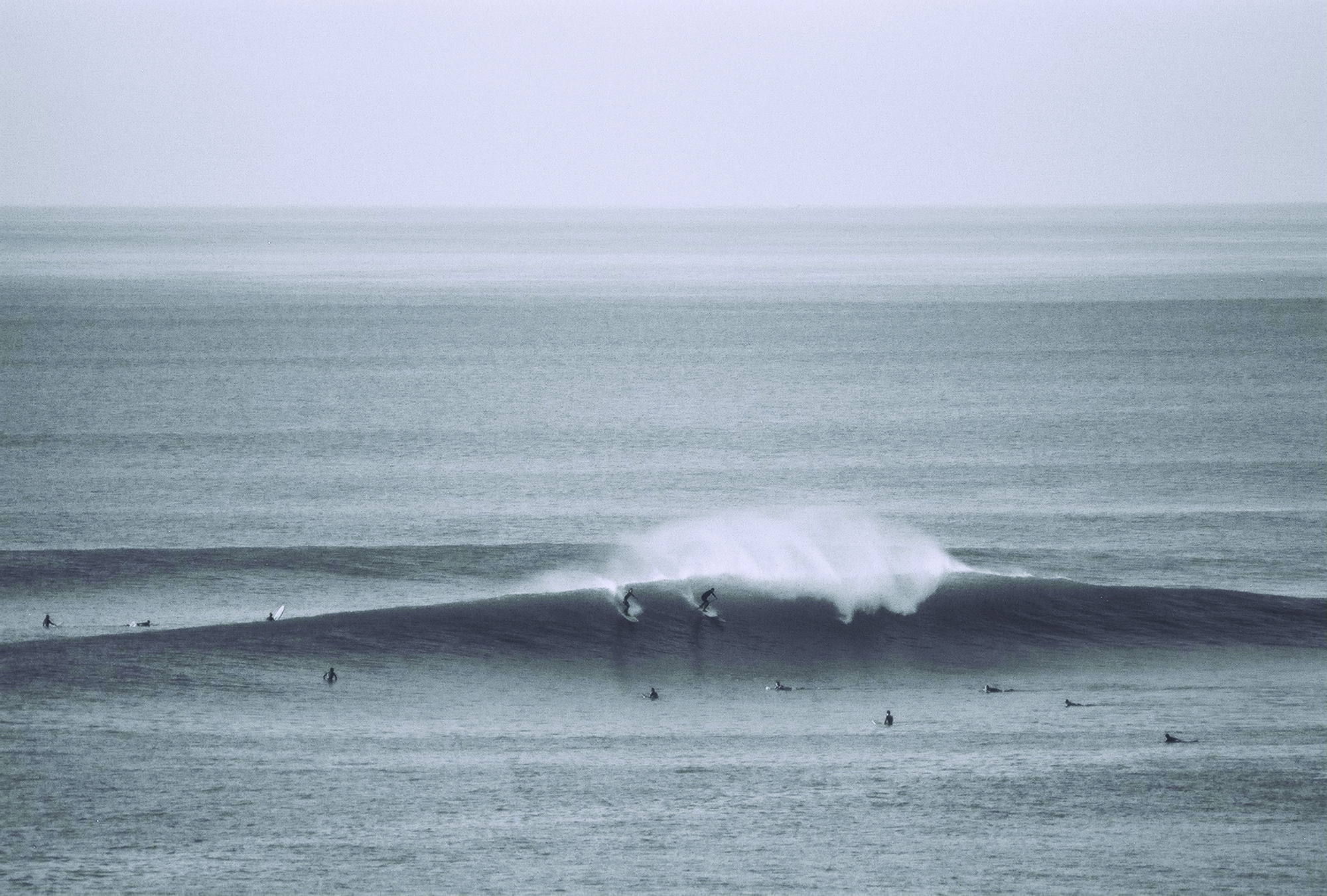
THE CHANGING TIDE | REFLECTING SURF CULTURE
August 1, 2015